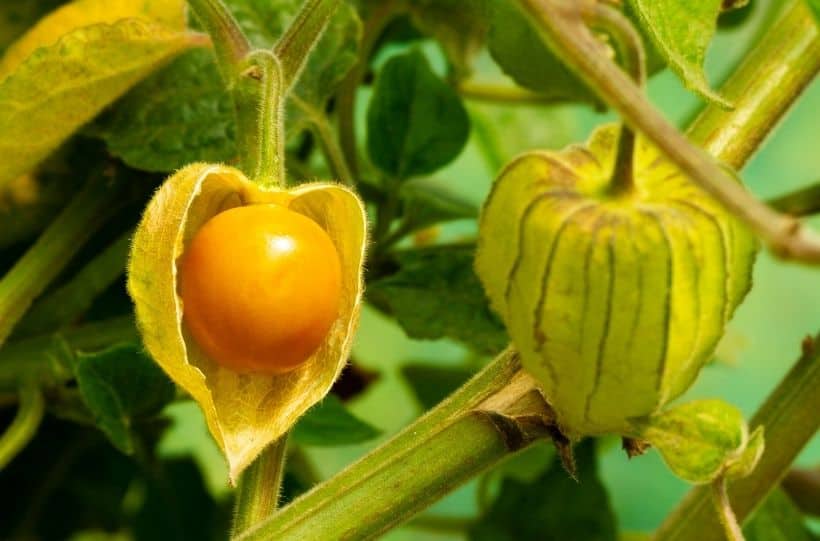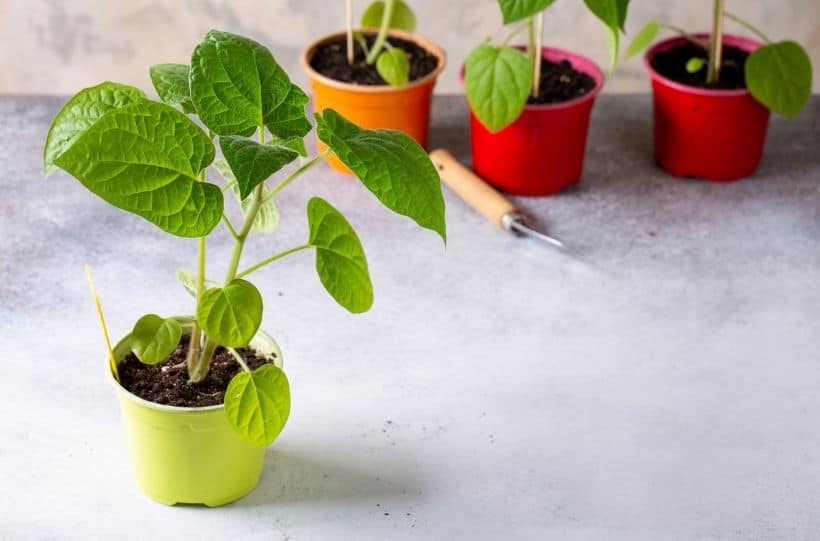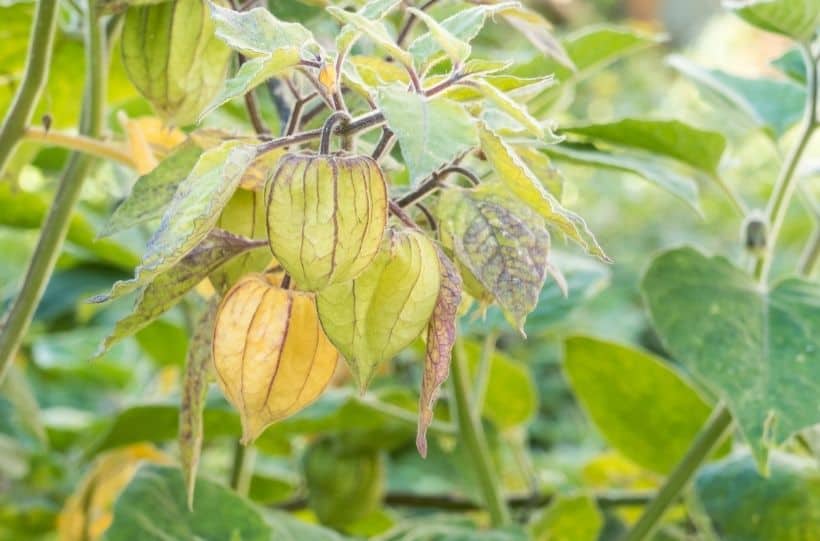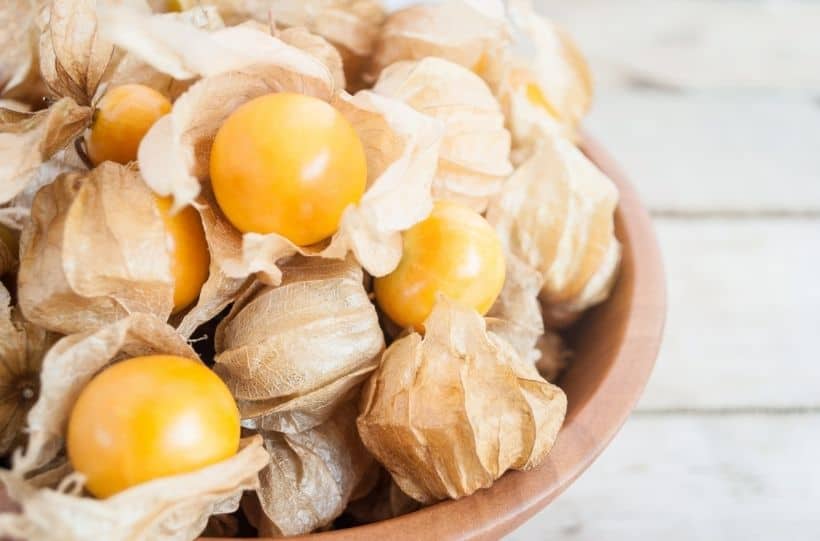How to Grow Ground Cherries
Many people have never heard of ground cherries and often mistake them for the non-edible Chinese lanterns, and pass the seeds by when they are shopping for seeds.
If you are a bit adventurous you may want to give ground cherries a try in your garden this year to take advantage of their rich flavor and unique appearance.
Ground cherries, (Physalis spp.), also called cape gooseberries, are a nightshade like peppers, tomatoes, and eggplant. They resemble a globe gooseberry in appearance and taste like tomatoes.
They are most commonly used for salsas, salads, and sauces. These fruits have a papery husk over each one. But, unlike gooseberries, ground cherries have a solid-colored skin.

Ground cherries are warm-weather plants that are native to subtropical areas and this fruit is considered a superfood you can grow at home in your garden.
Ground cherries have similar features to tomatillos, another husky fruit closely related to tomatoes. Ground cherries are smaller and more of an orange or a yellow, while tomatillos are green.
Ground cherries will be ready to harvest fairly quickly after they produce fruit. Each plant will produce an average of 300 fruits in a season and will fruit up until the first frost kills them off.
Unlike tomatoes, you can not pick the unripe ones before the frost and eat them as is but you can enjoy ripe ones up until the cold kills off your plants.
Popular Ground Cherry Varieties
Here are some of the most popular ground cherries to grow in the home garden:
- Annalisa – This variety takes 75 days to produce masses of medium-sized, golden-yellow fruits.
- Aunt Molly’s – This heirloom has a captivating taste like tangerine and pineapple and takes just 70 days to fruit.
Planting Ground Cherries
Ground cherries need to be kept warm like tomatoes to thrive. Because of this, you will want to start them inside with a heating pad. If you live in a warm area where the springs are very warm and stay in the 70s these plants can easily be directly sown in the garden.

Start your seeds with 1 to 2 seeds per seed starter or spaced out every 6 inches or so. After the true leaves form thin out, giving your ground cherries plenty of room to spread. In most gardens, you aim for about 2 square feet for your ground cherries to grow. In a square foot garden plant, one per square like you would their close relation tomatoes.
Before planting your ground cherries take the time to amend the soil with compost and any other essential additions that will help your heavy feeding plants flourish. Remember that like tomatoes your ground cherries will both need plenty of calcium and acidity to take advantage of that calcium to prevent common issues like blossom end rot.
Plant these fruits in full sun. They make a great addition to the same areas of your garden you grow tomatoes provided they have enough room.
Remember they will grow quite large and shade other plants. Use this to your advantage to extend the growing season of other cool-weather plants.
Caring for your Ground Cherries
Ground cherries are easy to care for. Like other nightshades, ground cherries are hungry plants that require well-nourished soil.
Till in fresh compost before you start your planting and fertilize at the same time you are fertilizing tomatoes, and peppers in your garden, about every 4 to 6 weeks to give them the best chance to thrive.

These water-heavy plants need to be watered regularly unless you get enough rain to help them thrive. Keep in mind that they are native to subtropical areas that tend to be very hot and wet so you will want to water your ground cherries more than other plants in your garden and make a point to mulch them well.
Common Pests and Diseases
Companion planting is one of the best defenses you have for keeping pests at bay in your garden. Ground cherries can grow well with parsley, basil, chives, parsley, sage, marigolds, and mint. These plants are all great for repelling the common insects that bother ground cherries like hornworms and aphids.
Invite predators to your garden. From parasitic wasps to ladybugs, having predators in your garden is essential to protecting your ground cherries from common pests. Even placing a hummingbird feeder in your garden can go a long way in protecting your ground cherry plants.
To treat pests like aphids you can easily treat them with simple pest control options like insecticidal soap. Make your own insecticidal soap with dish soap, water, and a bit of oil to spray the surfaces of every leaf to kill off aphids and other small pests.
Check your plants regularly for signs of disease and prune away any areas with spots and other signs of issues then amend your soil and treat it properly. Ground cherries are affected by common tomato diseases like blight and you need to act fast.
Place a thick layer of mulch under your plants to prevent mold spores in the ground from hitting your plants and reinfecting them. Burn the parts of the plant you removed.
Harvesting your Ground Cherries
Ground cherries usually mature within 60 days of the fruit forming. You will know they are ready when the fruit is firm and the husk is no longer green. The husk will take on a thin tan crepe paper appearance that tends to be split open. the inner fruit will be firm with shiny skin.

Like many superfoods you can grow in the garden, ground cherries have something you need to be aware of.
If you eat ground cherries before they are ripe they can make you sick due to toxins in the unripe fruits. This means you should teach children not to pick them without you. If you let your kids harvest and snack from the garden grow these in a separate area.
Carefully pluck your ground cherries from the plant leaving them inside their husks. You can store them in the refrigerator in an air-tight container still inside their husks for up to 2 weeks to use when you are ready or have collected enough to use for your recipes.

